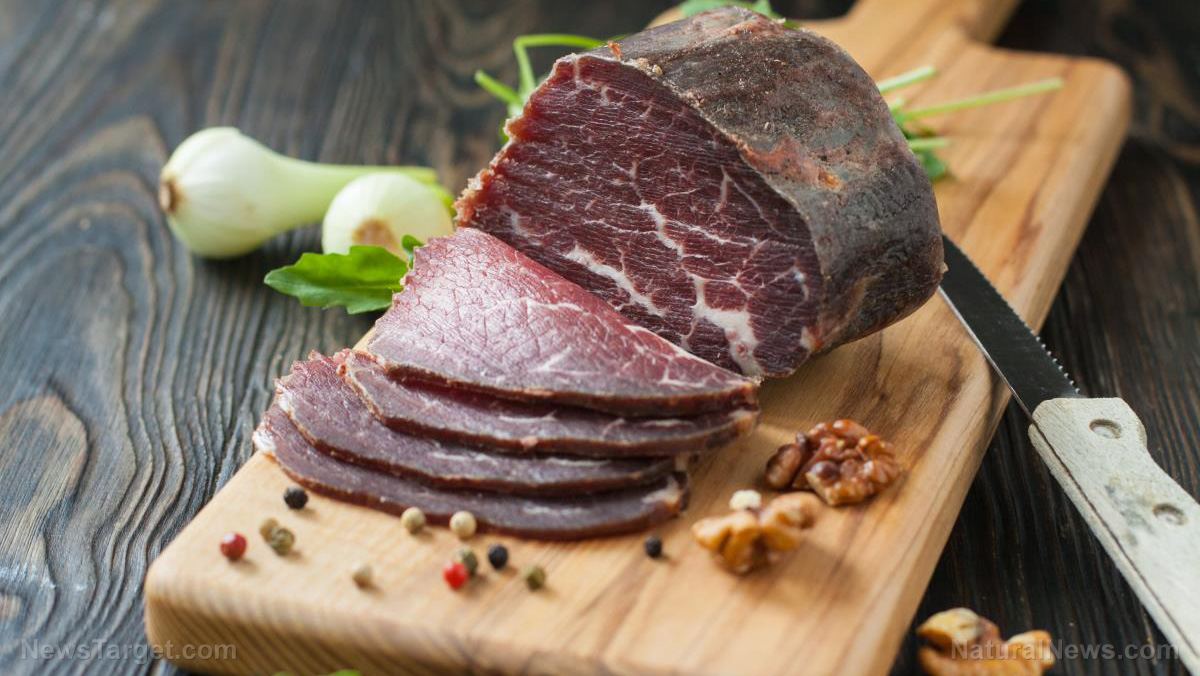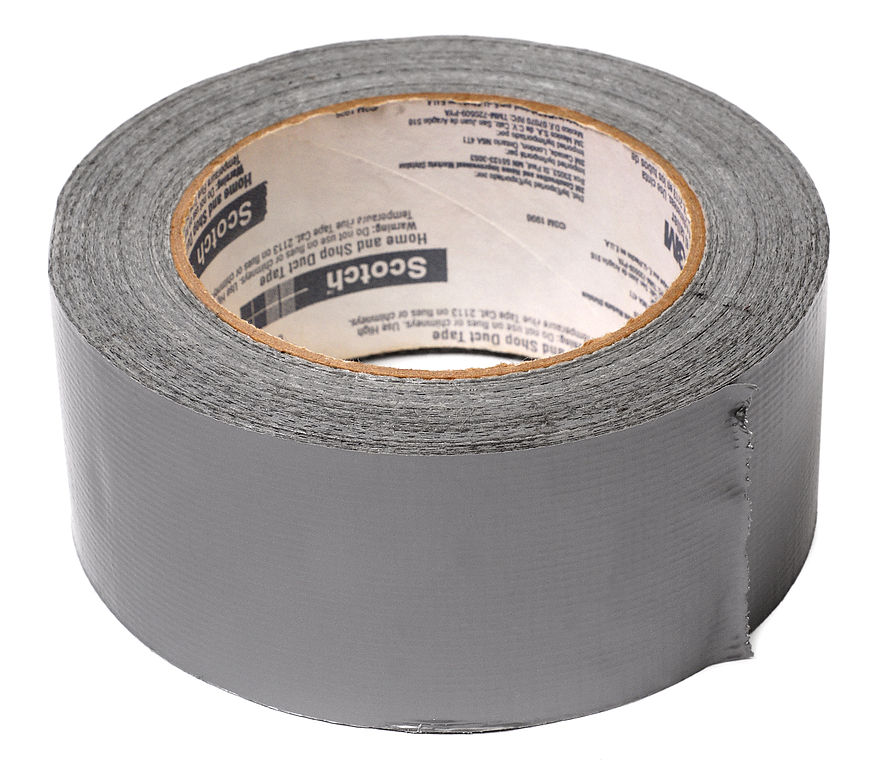Are insects the solution to solving world hunger?
01/03/2019 / By Edsel Cook

At some point in the future, the world is going to run out of what humans consider to be food. When that happens, we will have to look for alternative sources to sate our hunger and the best source of food after TEOTWAWKI may just be insects. (h/t to MyFamilySurvivalPlan.com.)
Insects are found far and wide in great numbers. They are a rich source of protein, good saturated fats, fibers, and minerals. Seven out of every 10 people in the world eat them.
The United Nations itself officially urged the consumption of insects as a source of nutrition. In addition to being healthy, cultivating insects is considered to be much cheaper and easier than raising conventional livestock.
North America has a large number of insects to choose from. Here are the four groups to consider capturing and cultivating as an emergency source of food.
Boiled ants sounds good
Ants are some of the most common and numerous insects. You should not have much trouble finding them.
Once you find their anthill, use a container to scoop them up. If you are in a hurry, you can shove your hand into the hill to grab them.
Avoid ants that are red in color. These may be fire ants with a painful bite and an even more agonizing sting.
Ants have a sour taste akin to vinegar. They are best served boiled, but can be eaten raw and live in an emergency. (Related: Reconsidering your attitude: Surviving on an insect-based diet when SHTF.)
Eat those termites before they eat your home
Termites are not related to ants. They do behave fairly similarly, being plentiful in number and organized into colonies.
Outside of North America, termites live in large mounds of earth. Here, they either live underground or in the wood they consume.
Termites mostly eat wood. They also like moist places. If you spot damp, dead, and decaying wood, chances are you will find a termite colony.
A rule of thumb is that ants and termites cannot coexist. The former will often eat the latter.
Caterpillars are packed with nutrients
Butterflies and moths spend the early part of their lives as caterpillars. They have no wings, move slowly, and eat plant matter.
Caterpillars are considered to be very nutritious. They will provide you with vitamin B, calcium, copper, iron, magnesium, phosphorus, potassium, sodium, and zinc.
The hairy ones may prove to be more difficult to down than the hairless ones. Remove the hair if it is keeping you from eating the caterpillar.
Certain caterpillars may be toxic due to the poisonous plants they eat. If you want to play it safe, avoid the brightly colored ones, which is Nature’s way of advertising danger.
Crickets, grasshoppers, and locusts taste like peanuts, especially when fried
These members of the Orthoptera order are the best edible insects to try out or to turn into a regular part of your diet. They are very common and can be captured with ease.
On occasion, large swarms of these insects will arrive. While you will be able to catch a lot of them, they will also eat the contents of your farm or survival garden.
Not only do crickets, grasshoppers, and locusts provide you with plenty of protein, but they also taste good. People who have eaten these bugs compared their taste to peanuts.
Fry the insects to bring out that nice flavor, or dry them up before grinding them into a fine powder packed with protein.
Only collect insects from forests and other wilderness areas. Agricultural and industrialized areas are full of herbicides, pesticides, and other chemicals.
If you want to know how to get the most nutrition out of edible insects, visit FoodFreedom.news.
Sources include:
Tagged Under: bug out, edible insects, emergency food, food independence, green living, insects as food, off grid, preparedness, prepping, survival, survival foods, world hunger



















